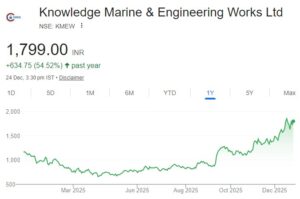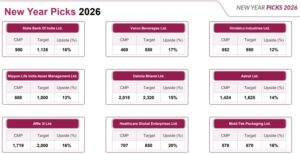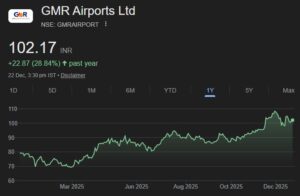
Ramesh Damani, the Nawab of Dalal Street, was the first to sound the clarion call. He pointed out that the pessimism regarding realty stocks has reached the peak and that things can henceforth only get better and not worse. He advised investors to load up on realty stocks which are debt-free, with top-quality management and a proven business model.
Porinju Veliyath, the maverick value investor with a perpetually optimistic outlook, went a step further. He not only assured that the realty stocks would out-perform the Nifty but also provided a list of eight stocks to consider. Porinju also helpfully classified the stocks into three categories of ‘blue chip’, ‘good’ and ‘junkyard’, and left it to the investor to choose from one of the categories depending on his individual preference.
Nilesh Shah is the latest to sound the bugle that the bombed-out realty sector makes for a great investment opportunity. He says:
“real estate is the most hated sector now, every media report only talks about how prices are going to decline, how you have so much of inventory there, how sales is going to become difficult and of course fractured balance sheets and things of that kind but in adversities lie an opportunity and in real estate either you look at companies which are good, have a sound balance sheet, do not need to do too much of restructuring and will ride the next wave of demand. I think one looks at either that or look at companies where a lot of restructuring is going on, for example I do not know whether DLF is yet an investment candidate or not but the kind of changes that they are effecting in terms of restructuring the balance sheet, it is possible that maybe few years down the line where the demand is strong, it is quite possible that there is a rerating potential out there but still the preference would be for companies which still have a lean balance sheet within real estate and where you do not need to do too much of restructuring.”
At this stage, we should also pay attention to Howard Marks’ latest Memo titled “It’s not easy” (see Howard Marks Explains Why A “Safe” Stock May Be Risky While A “Risky” Stock May Actually Be Safe). In this, Howard Marks has explained how a stock quoting at a 52-week low may actually be a “risk-free” and “safe” stock to buy because there are no expectations of the public from the stock. Such a stock is an ideal investment opportunity, Howard Marks says.





